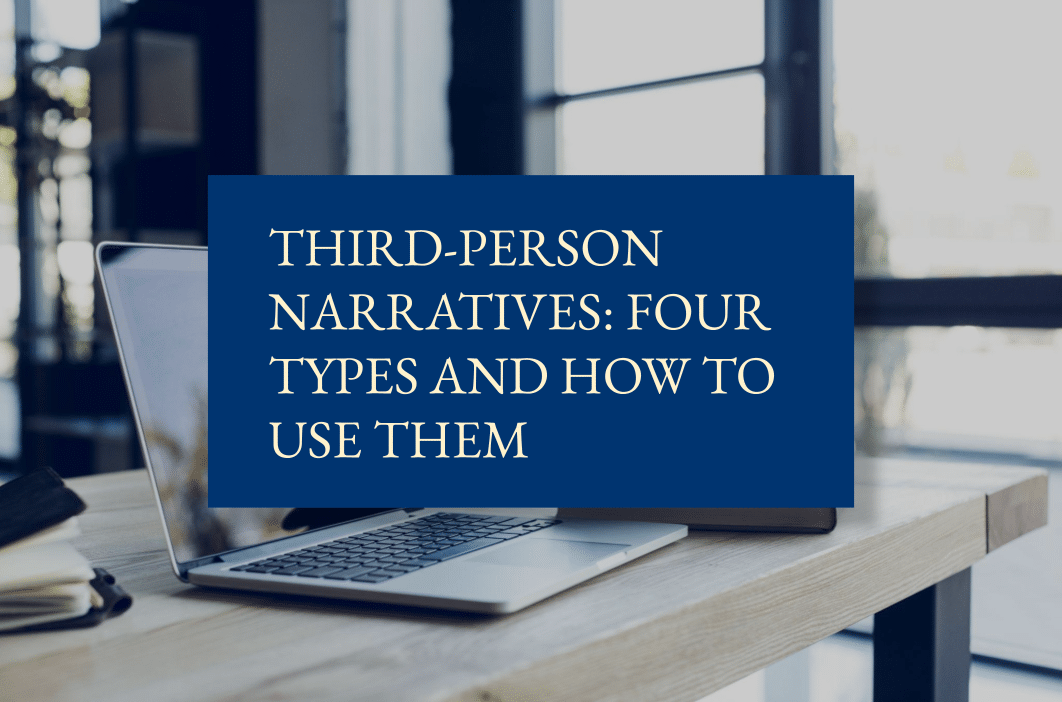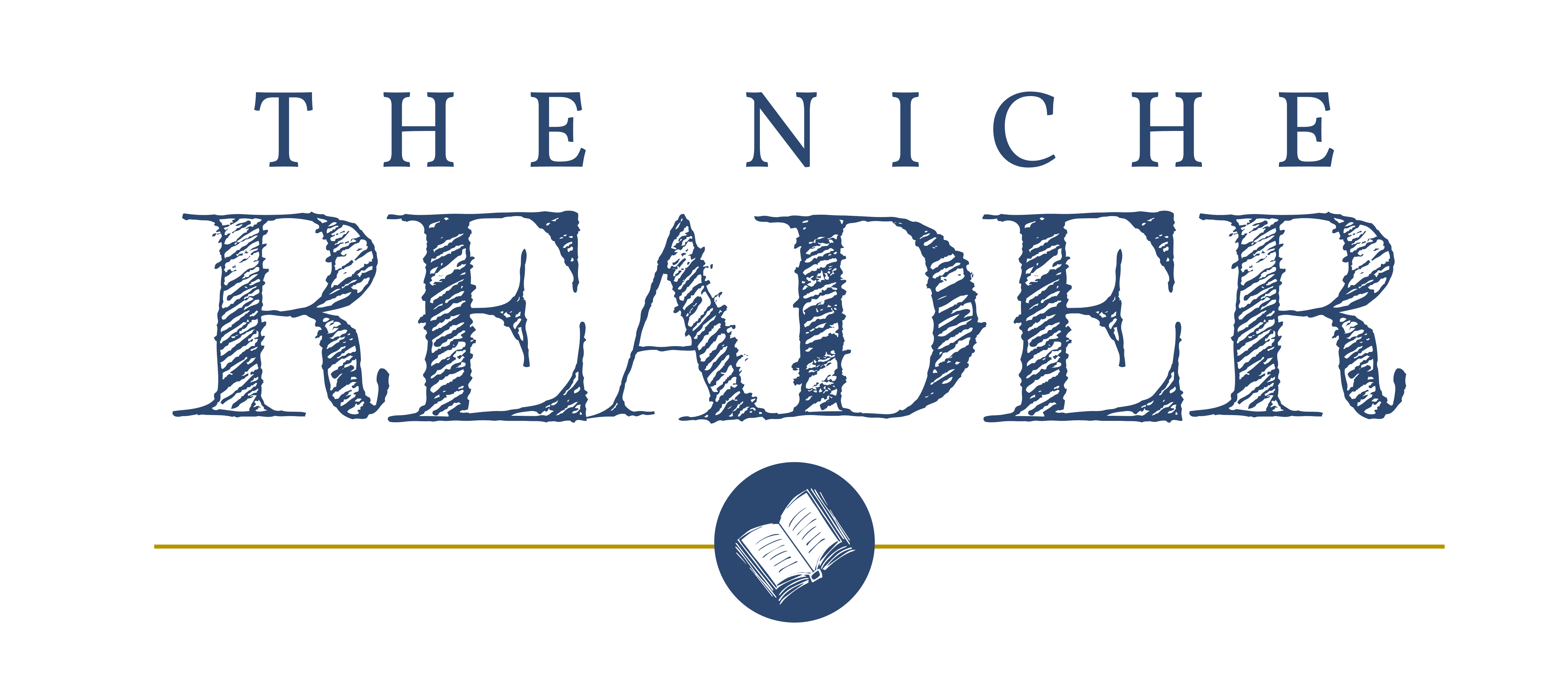
“Third person” is probably the most popular type of narrative point of view used in literature today. But did you know there’s more than one kind? You can use this approach in a number of different ways, and each gives your story a slightly different feel and tone. Let’s take a deeper look at this narrative perspective and how you can use the right one for your story.
What is third-person point of view?
Third-person point of view is the “once upon a time” voice that uses the pronouns “she”, “he”, and “they”. It means that the story is being told from a narrator that’s external to the characters. In many cases, third person is invisible and unobtrusive, like a film camera. But sometimes writers like to give their third-person narrators their own personality.
Many, many, many novels have been written in third person, as well as oral folk stories and poems. This perspective holds the narrator at a distance from what’s happening in the plot, which can be useful in letting the story and its characters stand on their own.
Is it “third person” or “third-person”?
Many writers trip over this, so let’s clear it up. Although style guides can vary, “third person” really should be hyphenated when it’s used to describe something else, and unhyphenated when it’s an independent idea:
This story is written in the third-person voice.
This story is written using third person.
Join our email list for authors
Join our email list for content and opportunities to help you develop your writing, promote your books, and build your author business.
Four different kinds of third person
Now, let’s look at the different approaches you can take to using third person in your writing. Each has its own distinct mood, tone, and advantages.
Third person limited
Third person limited, sometimes called the close third person, is what you’ll most often see in contemporary literature today. It uses the she/he/they pronoun to get up close and personal to the protagonist’s thoughts and feelings. With this perspective, the reader gets to see what this character is going through and understand their driving motives.
This can be a really useful tool in creating an intimate, emotional connection with your reader. Because the reader sees what just one character is thinking and feeling at any given moment, it’s also really good at creating tension and suspense. The main challenge with this point of view is that you can’t convey as much information about the other characters, so you have to be sneaky about it and use context clues, like body language and setting.
Novels that use third person limited often focus on one character across the entire book, which works well for coming-of-age stories, character-driven novels, and novels with unreliable narrators. But you can also use this approach to follow several characters, which we’ll look at next.
Third person multiple
Third person multiple is probably the second most popular choice in today’s publishing. Unlike the omniscient perspective (more on that below), the reader doesn’t get to see what every character is thinking all at once; instead, the author might devote one chapter or a few chapters to one character’s perspective, then move over to someone else.
Dual-perspective romances and dual-timeline historical fiction are a couple places where this point of view works really well. You can also use this approach if you want to follow a group of friends, like Ann Brashares did in Sisterhood of the Travelling Pants.
There’s no limit to how many characters you can follow with this point of view, but it should be a manageable number that lets your reader fully connect with each point-of-view character. If there are too many viewpoints, it becomes an ensemble piece and runs the risk of being a little too emotionally distant.
Third person omniscient
Sometimes simply called the omniscient perspective, this narrative approach is the “God voice” that gives the reader a wide-lens insight into everything that’s happening in the scene. The narrator knows what each person is thinking and feeling, and what they’re going to do next.
This writing style was very popular in the 19th and early 20th centuries, though it’s less common to see today. But that doesn’t mean you can’t use it to great effect in your own story! An omniscient third-person point of view is well suited to novels that rely on dramatic irony, or the targeted release of information — in other words, when you the reader know something the characters don’t.
These novels are driven by misinterpretations and misunderstandings, to tragic or comedic effect. You’ll probably remember the ending of Shakespeare’s Romeo and Juliet when (spoilers ahead) the young lovers die in a double dose of unnecessarily hot-headed suicide, because Romeo didn’t know that his girlfriend was just asleep. But, the reader or viewer knew, and that’s what makes it so powerful.
Third person objective
The last kind of third-person point of view you might see is the objective point of view, or the “documentary” voice. Like any third-person narrative, these stories use the she/he/they pronouns to describe what’s happening. The difference is that unlike the types we looked at above, this perspective doesn’t show any of the inner workings of the characters; instead, it describes only what’s happening on the outside.
This means that the reader doesn’t know what any character is going to do until they do it, which makes it a great choice for thrillers and mystery novels. As a writer, your biggest challenge here is to convey as much as you can through facial expressions, body language, and tone, just like an actor would on screen.
One of the most famous examples of this point of view is Shirley Jackson’s short story “The Lottery”. She slowly builds tension through the pervasive fear in the crowd, even though the reader never knows what they’re thinking. In this instance, the emotional distance makes the horror and the tragedy even more chilling.
As you can see, one lone point of view offers a range of unique approaches. And each one of them will give your writing a different slant. One third-person narrative might work beautifully for one premise, but not be the right choice for another. Have fun experimenting!
Fija Callaghan is an author, poet, and unapologetic daydreamer. Her work has been shortlisted and longlisted for a number of short story prizes, and you can find her writing in publications like Gingerbread House, Crow & Cross Keys, Corvid Queen, and Mythic Magazine. When not writing or helping other writers get the best out of their work, she can be found haunting her local bookshops or watching the tide come in.
Join our email list for authors
Join our email list for content and opportunities to help you develop your writing, promote your books, and build your author business.
